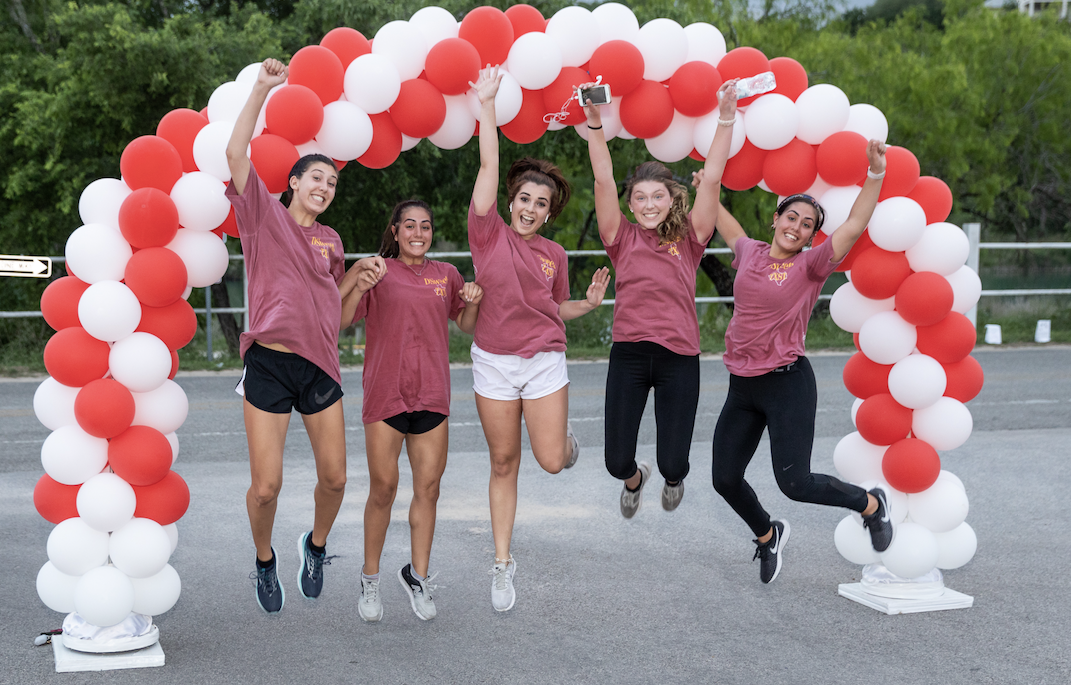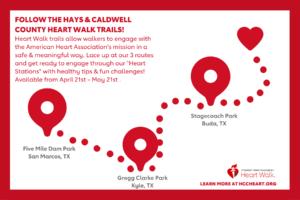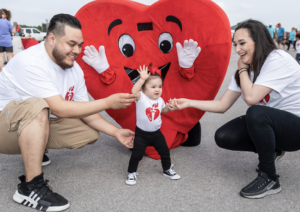The Most Popular Form of Exercise? The Answer May Surprise You

When it comes to simple ways to be healthy, walking still reigns supreme. Why? Walking is an easy way to start and maintain a physically active lifestyle. It doesn’t require special abilities, “appropriate attire,” or expensive equipment and it can be done almost anywhere. Walking is in fact the most common form of physical activity across the country and the benefits of walking just 150 minutes each week can have a profound impact on overall health and well-being.
According to the American Heart Association, for every hour of brisk walking, life expectancy for some people may increase by two hours. Walking can help improve cognitive function and reduce the risk of depression and dementia. The activity has been shown to strengthen bones and prevents weight gain. If 150 minutes sounds like a lot, remember that even short activity sessions can be added up over the week to reach this goal. And it’s easy to fit in a few minutes of walking several times a day.
How to Walk for Fitness
- Gear up. All you need to get started are comfortable clothes and supportive shoes. Keep your cool by layering clothing, because exercise raises your body’s temperature. Shoes designed for walking or running are best, but not required. Just make sure you have a little wiggle room (about half an inch) between your longest toe and the end of the shoe. Avoid cotton socks because they retain moisture and can lead to blisters. (Who knew?!)
- Easy does it. If you’re out of shape, begin with short distances. Start with a stroll that feels comfortable (perhaps 10-15 minutes) and gradually increase your time or distance. If it’s easier on your body and your schedule, stick with a couple of 10- to 20-minute walks a day instead of one long walk.
- Focus on form. Keep your head lifted (no texting!), abs engaged and shoulders relaxed. Swing your arms naturally. Avoid carrying heavy items or hand weights because they can put extra stress on your elbows and shoulders – try a backpack instead. Stick to a comfortable, natural stride.
- Breathe. If you can’t talk or catch your breath while walking, slow down. At first, forget about speed. Just get out there and walk!
- Pick up the pace. To warm-up, walk at an easy pace for the first several minutes. Then gradually increase your speed.
- Add variety and challenge. Try brisk intervals. For example, walk one block fast, two blocks slow and repeat several times. Over time you’ll be able to add more fast intervals with shorter recovery periods. Walking hills or stairs is a great way to increase muscle tone and burn more calories.
- Stretch. The end of your walk is a great time to stretch since your body is warmed up. Stretch your hamstrings, calves, chest, shoulders and back. Hold each stretch for 15 to 30 seconds.
- Track your progress. Fit walking into your schedule whenever you can. That may mean three several short walks a day. When you can fit it in, longer walks will help you improve your stamina. Just remember your overall goal is at least 150 minutes each week.
Add Purpose to Your Walk

Walk for a cause at the 2021 Hays and Caldwell County Heart Walk. This is the American Heart Association’s premier community event for raising funds to save lives from this country’s No. 1 and No. 5 killers — heart disease and stroke. This year, the American Heart Association is offering an individualized experience with three custom one-mile Heart Walk Trails implemented in the San Marcos, Kyle and Buda areas with educational “Heart Stations” along the way. The Heart Walk Trails will allow walkers to engage with the American Heart Association’s mission in a safe, meaningful way and will be available from April 21-May 21. The Hays and Caldwell County Heart Walk is presented locally by Winstead PC. Register today and get started by signing up for the Move More Challenge at www.hccheartwalk.org.







